I've been playing around with display:flex lately as I see it becoming more trending. In a quick test, using flex and non-flex CSS approaches, I realized, my widths, and margins are always respected when using flex. Is this a good approach considering that I will most likely need a gutter between elements anyway? Moreover, where is the margin between spans coming from? This is what I mean:
HTML
<div class="container">
<div class="box">
<span class="inner-box">This gives me a 30px X 60px</span>
<span class="inner-box">This gives me a 30px X 60px</span>
<span class="inner-box">This gives me a 30px X 60px</span>
</div>
<div class="box2">
<span class="inner-box">This gives me a width larger than the specified 30px</span>
<span class="inner-box">This gives me a width larger than the specified 30px</span>
<span class="inner-box">This gives me a width larger than the specified 30px</span>
</div>
</div>
CSS
.box{
background: orange;
display:flex;
flex-direction:row-reverse;
padding:0 10px;
}
.box2{
background: green;
text-align:right;
padding:0 10px;
}
.inner-box{
width:30px;
background:#fff;
margin:0 0px;
}

